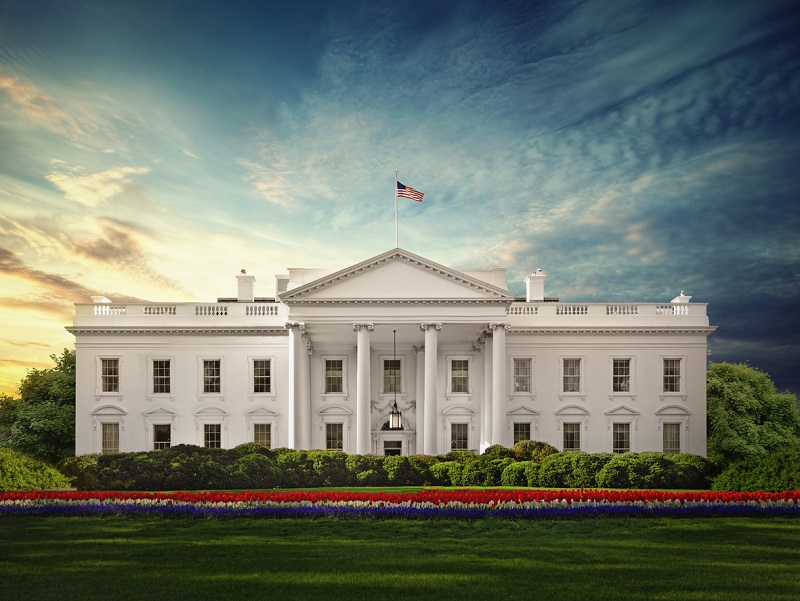Why Steel Tariffs Do Little Good in the Long-Run
U.S. President Donald Trump’s mini-deal with China to keep the trade war from spiraling further will likely defer another tariff escalation. But the temporary ceasefire does only prevent the situation from getting worse; it doesn’t make it any better. Existing tariffs, including steel tariffs currently at 25 percent, remain in place – at least for now.
The Trump administration imposed these tariffs 18 months ago, in an attempt to support the domestic steel industry. With the tariffs, the Department of Commerce intended to bring down steel imports and lift domestic steel production.

U.S. steel tariffs have had little positive effects on the overall U.S. economy
Since the introduction of the tariffs, U.S. steel imports have decreased significantly, resulting in higher domestic production. Steel prices reached a decade high in H1 2018, and several U.S. steel producers reported higher earnings in 2018 compared to the previous year.
However, these effects were only temporary. According to the World Steel Association, U.S. steel production has risen 4.1% YoY in the first eight months of the year 2019, and prices have fallen again sharply back to pre-tariff-levels, which negatively impacted steel producers’ earnings this year. Plants that reopened last year had to be closed again in 2019.
While steel producers may have benefited from higher prices in the short-term, the price increases harmed downstream steel users’ competitiveness. Higher input costs weighed on the earnings of automobile manufacturers and construction companies.
In 2002, President Bush also imposed steel tariffs but reversed his decision within two years. Although it does not look as if President Trump will lift the tariffs anytime soon, history seems to repeat itself: The tariffs have done the U.S. economy little good.
Chinese steel producers, on the other hand, didn’t get a significant hit, as domestic steel demand in China remains high, and Chinese producers export their steel to other Asian countries.
Economies generally benefit from free trade
Economists generally agree that free trade increases the level of economic output and income. Conversely, trade barriers such as tariffs have the opposite effect. Tariffs lead to higher prices, reducing the number of goods and services for domestic businesses and consumers. The result is lower income, reduced employment, and slowing economic growth.
Besides, tariffs and lower imports may appreciate the U.S. dollar, making it more difficult for U.S. exporters to compete on the international market. That again will weigh on their earnings and result in plant closures and job losses.
Stay Tuned with EXIMA
EXIMA is not only a forum with answers to every question you might have about international trade. We also pride ourselves on staying up-to-date on the latest in imports and exports. Keep up with the global trade world with EXIMA and join today!









